Forget-Me-Not Control: How To Manage Forget-Me-Nots In The Garden
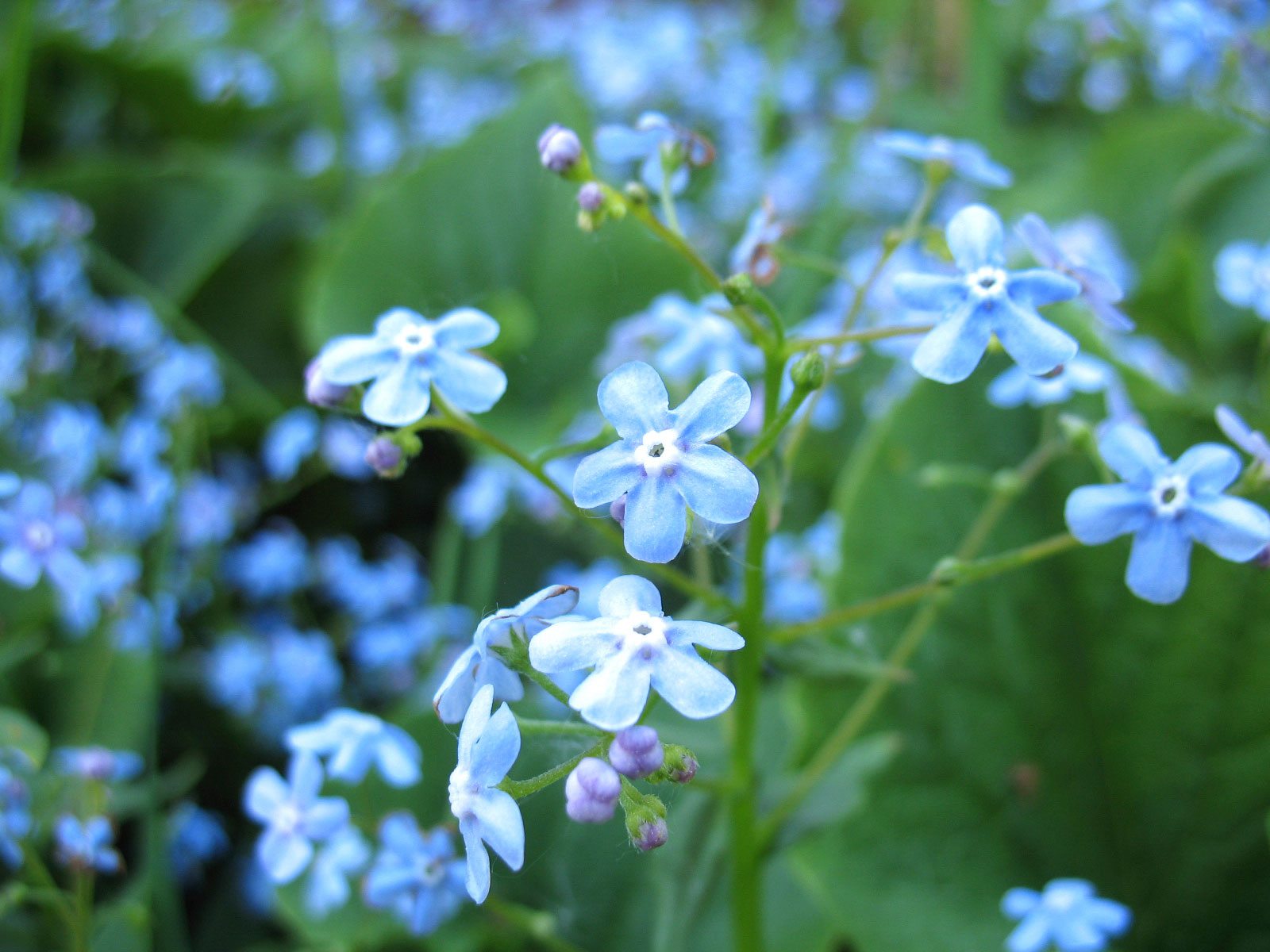

Forget-me-nots are pretty little plants, but beware. This innocent looking little plant has the potential to overcome other plants in your garden and threaten native plants beyond your fences. Once it escapes its boundaries, controlling forget-me-not plants can become a major challenge. Forget-me-nots grow like wildfire in shady, moist areas, fields, meadows, woodlands, and coastal forests.
Is Forget-Me-Not Invasive?
The simple answer to this question is yes. Forget-me-not is native to Africa and was introduced to American gardens for its beauty and simplicity. However, like many introduced species (also known as exotic plants), forget-me-nots lack natural checks and balances, including diseases and pests that keep native plants in their place. Without natural biological controls, the plants are likely to become troublesome and unforgettable forget-me-not weeds. In severe cases, invasive plants can out-compete naturally native growth and disrupt a healthy biodiversity. Forget-me-not is on the invasive plant list in several states.
How to Manage Forget-Me-Nots
Forget-me-not control may be necessary to keep the plant in check. Forget-me-nots are easy to pull, or you can remove them by hoeing or cultivating the soil. This is a good way to control small numbers of forget-me-nots. However, the plants will soon resprout if you don't remove every bit of the roots. Be sure to pull or hoe the plants before they go to seed, as forget-me-nots spread by seeds and by strawberry-like stolons that root at the leaf nodes. Herbicides should always be a last resort for home gardeners, but chemical control may be needed if forget-me-not weeds are badly out of control or if the weed patch is large. Products containing Glyphosate may be effective against forget-me-nots. Read the label carefully and use the product strictly according to manufacturer recommendations. Although Glyphosate is widely used and tends to be somewhat safer than many other herbicides, it is still highly toxic. Be sure to store Glyphosate and all chemicals safely out of reach of pets and children.
Gardening tips, videos, info and more delivered right to your inbox!
Sign up for the Gardening Know How newsletter today and receive a free copy of our e-book "How to Grow Delicious Tomatoes".

A Credentialed Garden Writer, Mary H. Dyer was with Gardening Know How in the very beginning, publishing articles as early as 2007.
-
 Looking For Plants To Give You The Soft And Fuzzies? Try These 5 Fuzzy Leaf Plant Options
Looking For Plants To Give You The Soft And Fuzzies? Try These 5 Fuzzy Leaf Plant OptionsLovers of texture, drama, silver foliage and tactile plants will adore these special sensory garden additions. These fuzzy leaf plant options will leave you all aglow
By Susan Albert
-
 Get Ready For A Summer Of Hummers! Grow These Full Sun Hummingbird Plants and Flowers
Get Ready For A Summer Of Hummers! Grow These Full Sun Hummingbird Plants and FlowersIf you’re lucky enough to enjoy a sunny backyard, make sure you are maxing out on your pollinator opportunities and grow these full sun hummingbird plants and flowers
By Tonya Barnett
-
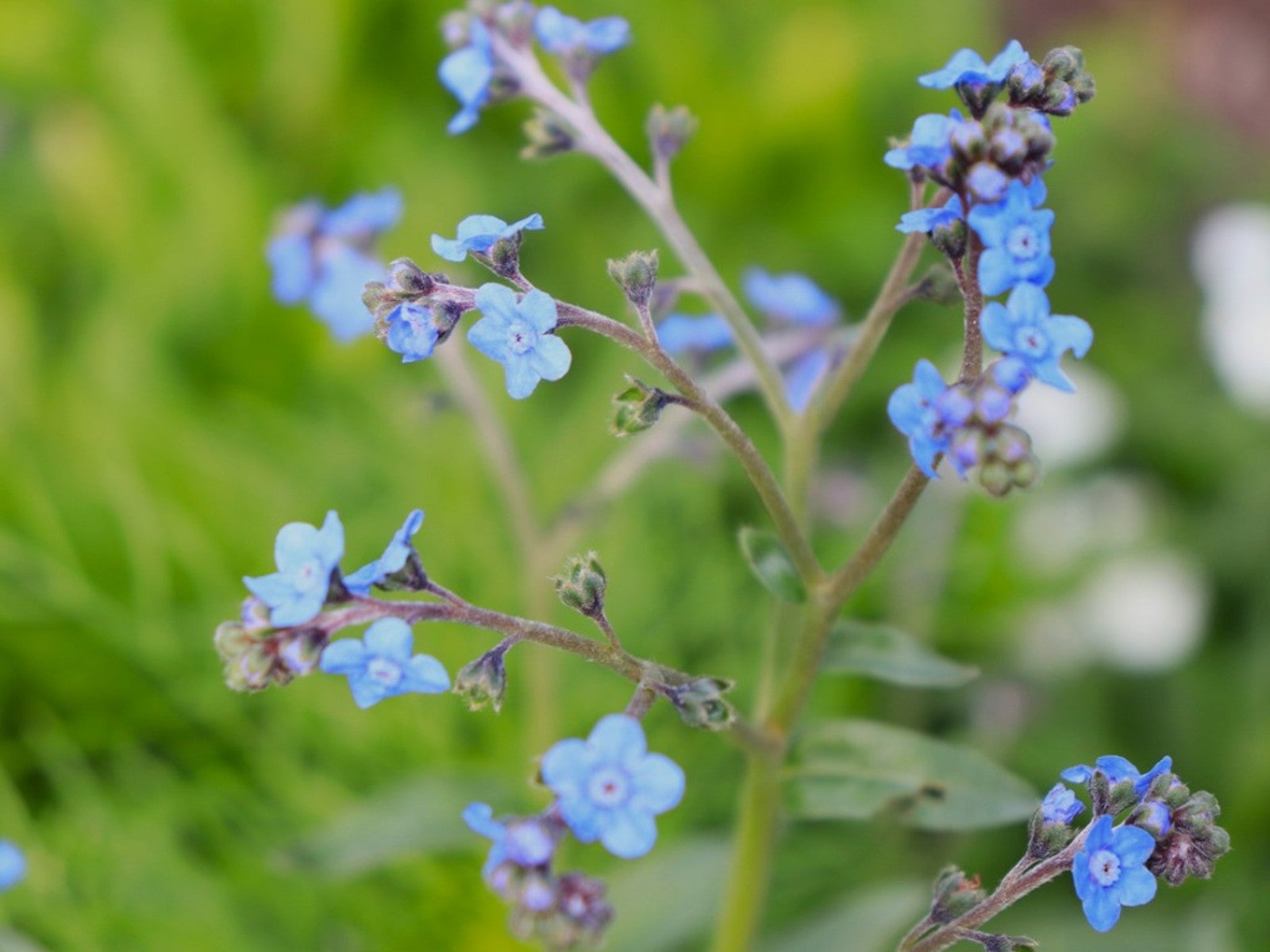 Chinese Forget-Me-Not Care And Characteristics
Chinese Forget-Me-Not Care And CharacteristicsChinese forget-me-nots make beautiful accents in the garden, but they can be invasive. Learn more about this pretty little plant.
By Mary Ellen Ellis
-
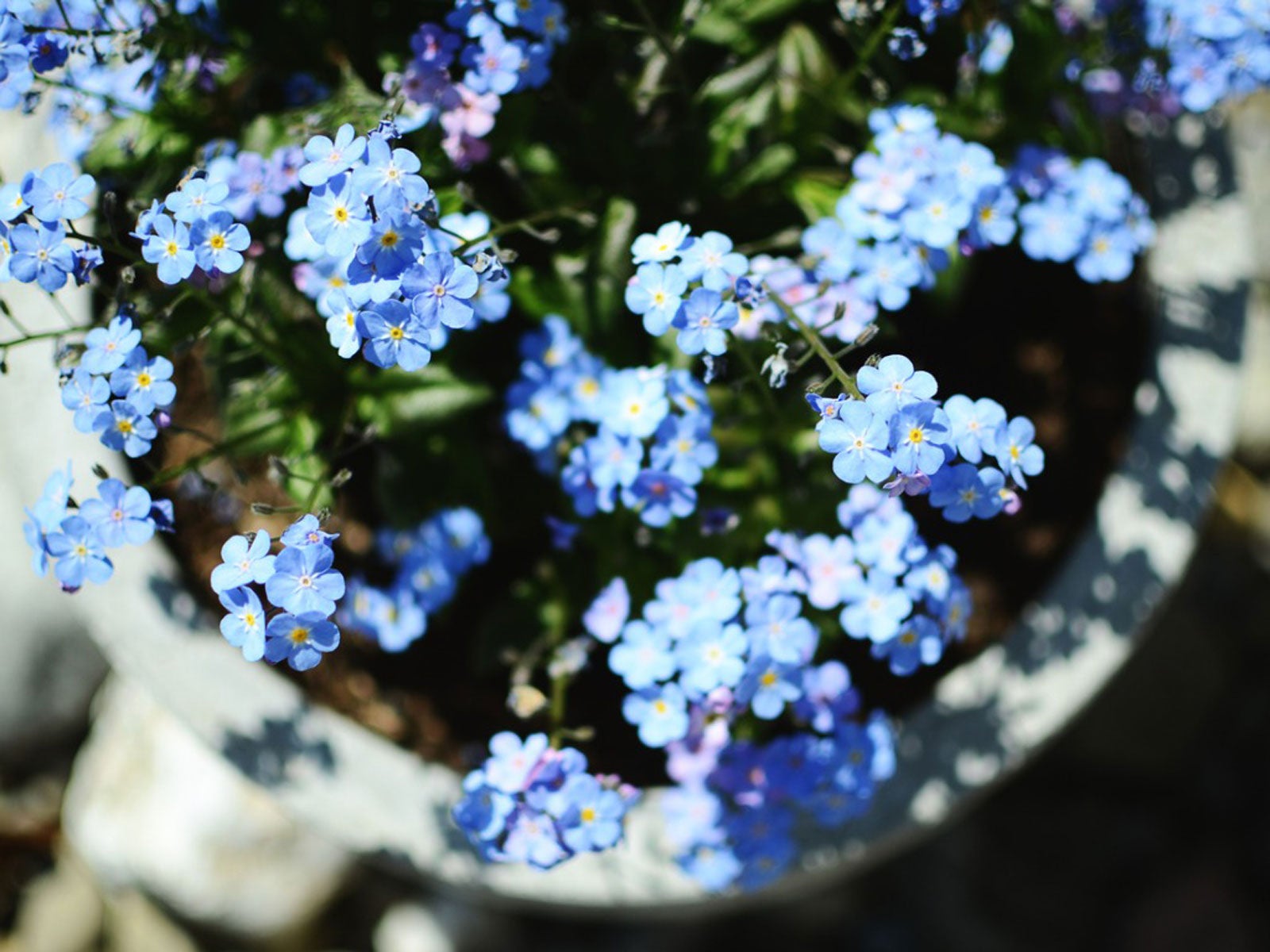 Forget-Me-Nots As A Houseplant – Growing Forget-Me-Nots Inside
Forget-Me-Nots As A Houseplant – Growing Forget-Me-Nots InsideIt is definitely possible to grow forget-me-nots as a houseplant, either during the winter or year round. Click this article to learn how.
By Mary H. Dyer
-
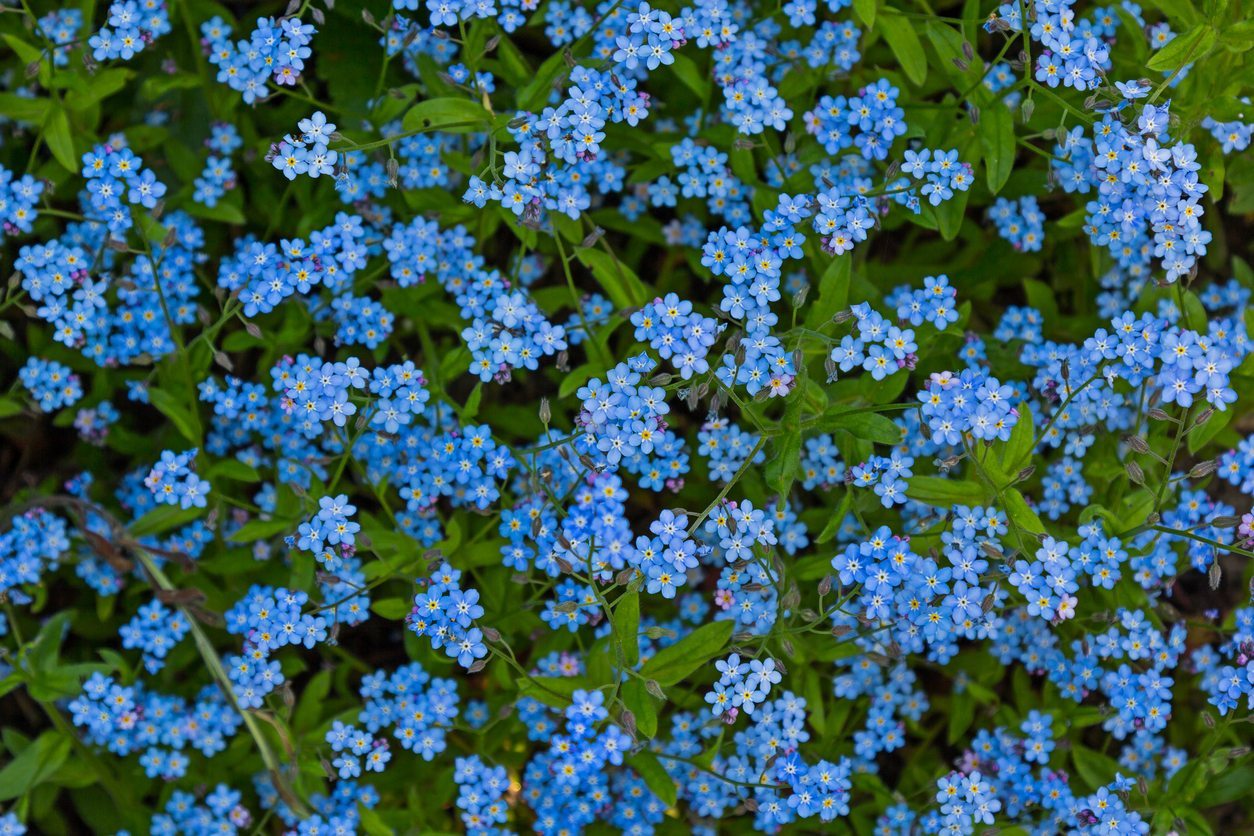 My Forget-Me-Nots Won’t Bloom: How To Fix A Forget-Me-Not With No Flowers
My Forget-Me-Nots Won’t Bloom: How To Fix A Forget-Me-Not With No FlowersForget-me-nots are iconic flowers in the garden and easy enough for even the beginning gardener to see a lot of success in a short time. Unfortunately, they can also be fussy if they're too far out of their comfort zone and may refuse to flower. Click here to learn more.
By Kristi Waterworth
-
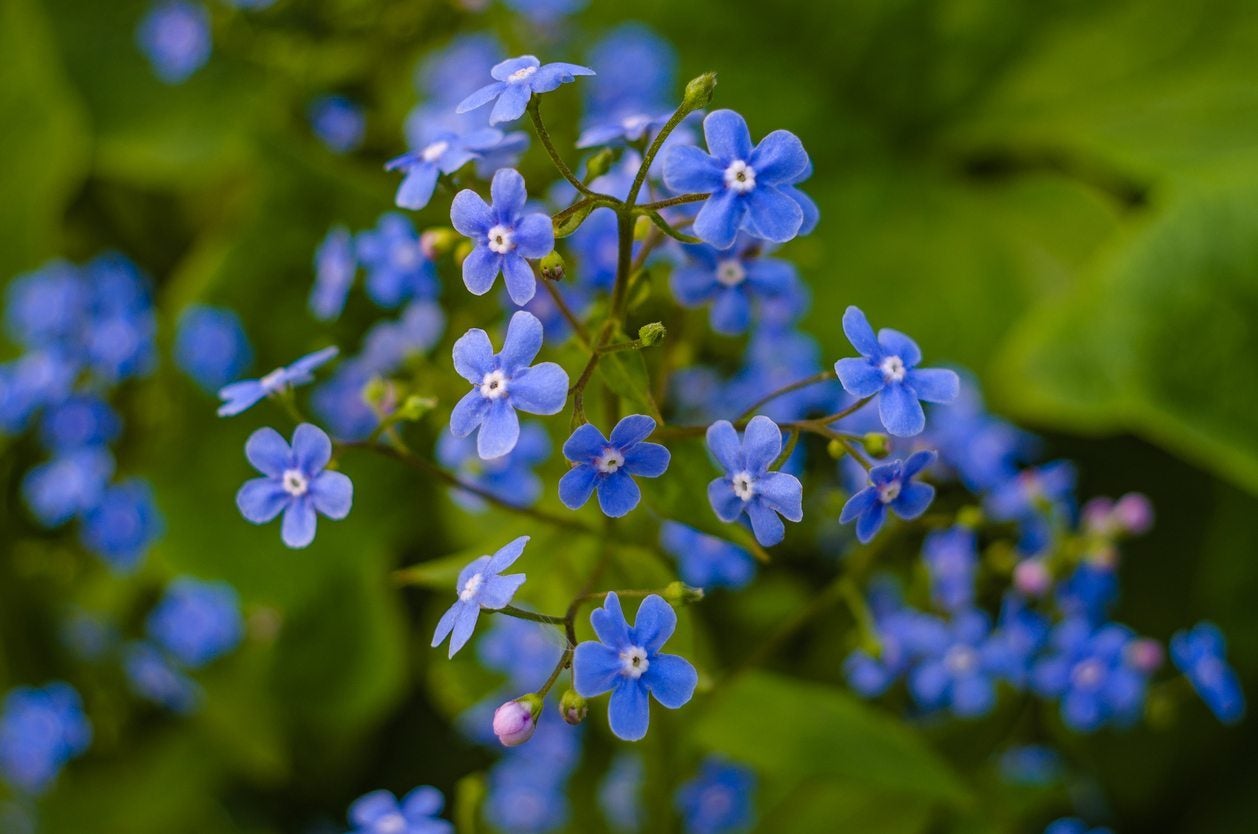 Forget-Me-Not Troubles: Problems With Forget-Me-Nots In Gardens
Forget-Me-Not Troubles: Problems With Forget-Me-Nots In GardensGrowing forget-me-nots can be a walk in the park if you know what signs of danger to be on the lookout for. Even though these plants have few problems, there's always a risk of fungal disease or insect pests, so use this article for help with common forget-me-not problems.
By Kristi Waterworth
-
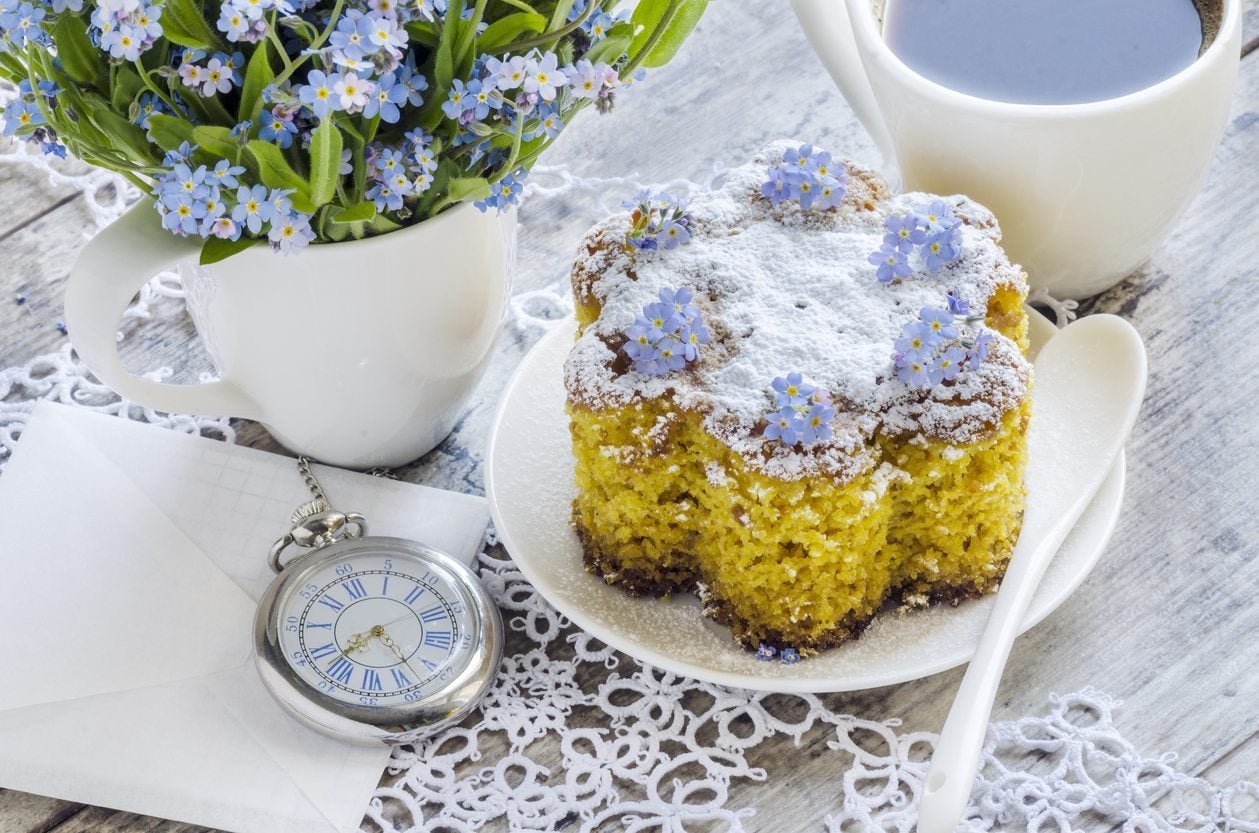 Are Forget-Me-Nots Edible: Tips For Eating Forget-Me-Not Flowers
Are Forget-Me-Nots Edible: Tips For Eating Forget-Me-Not FlowersDo you have forget-me-nots in your landscape? Have you ever wondered "Can I eat forget-me-nots?". After all, there are sometimes hundreds of the plants, or at least there are in my yard. Click this article to find out if forget-me-nots are edible.
By Amy Grant
-
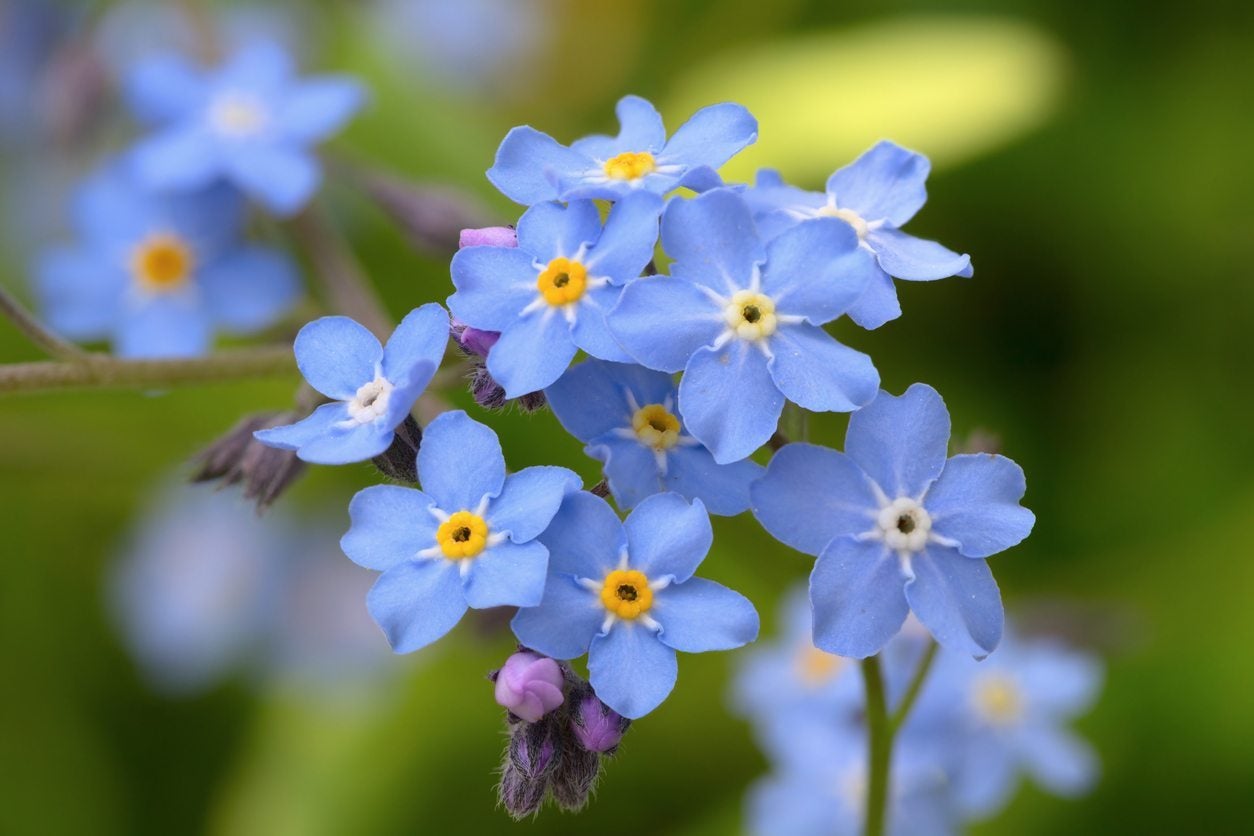 Dividing Forget-Me-Nots: Should Forget-Me-Nots Be Divided
Dividing Forget-Me-Nots: Should Forget-Me-Nots Be DividedShould forget-me-nots be divided? This really depends upon what variety you are growing. If your plant comes up every year in the same spot, it is likely a perennial; but if the plant seems to migrate and multiply in other areas, it is the self-seeding annual. Learn more here.
By Bonnie L. Grant
-
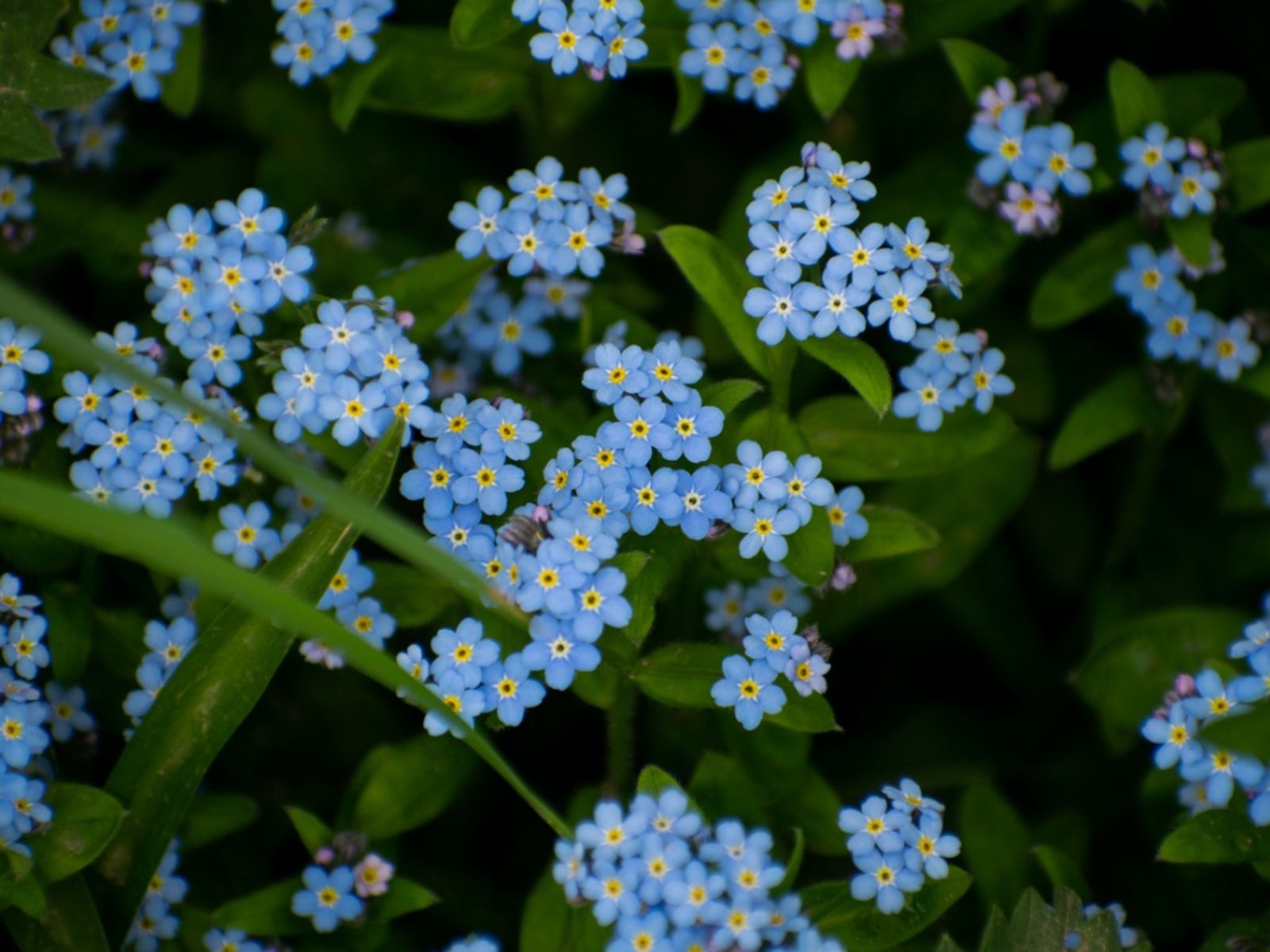 Forget-Me-Not Companions: Plants That Grow With Forget-Me-Nots
Forget-Me-Not Companions: Plants That Grow With Forget-Me-NotsThe forget-me-not is a popular and pretty late spring to early summer bloomer beloved by gardeners. The flowers don't last long, though, so you need to know what forget-me-not companions will grow well with them and provide continuous blooms. Learn more here.
By Mary Ellen Ellis
-
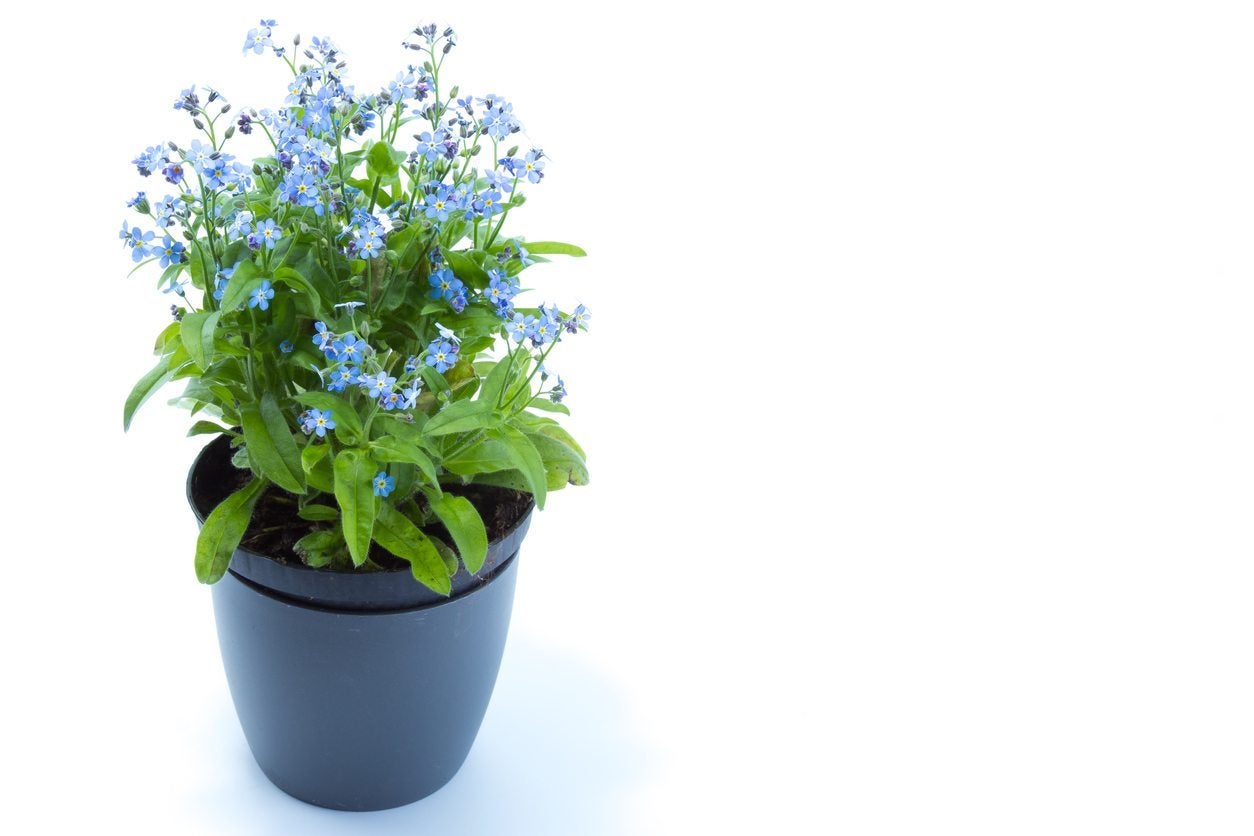 Potted Forget-Me-Not Care: Growing Forget-Me-Not Plants In Containers
Potted Forget-Me-Not Care: Growing Forget-Me-Not Plants In ContainersGrowing forget-me-not in a pot is not the typical use for this pretty little perennial, but it is an option that adds some visual interest to your container garden. Use containers if you have limited space or if you want to grow the plant indoors. Learn more here.
By Mary Ellen Ellis